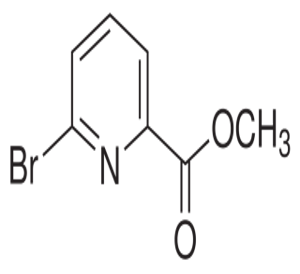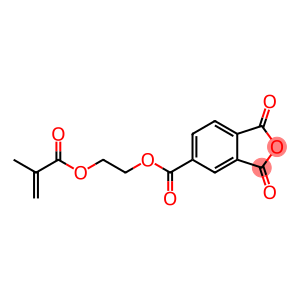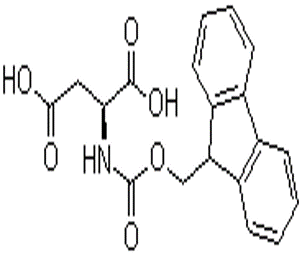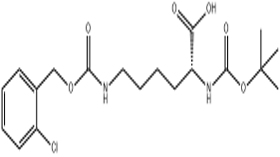Ethyl N-benzyl-3-oxo-4-piperidine-carboxylate hydrochloride(CAS# 52763-21-0)
| Hazard Symbols | Xi – Irritant |
| Risk Codes | 36/37/38 – Irritating to eyes, respiratory system and skin. |
| Safety Description | S26 – In case of contact with eyes, rinse immediately with plenty of water and seek medical advice. S36 – Wear suitable protective clothing. S37/39 – Wear suitable gloves and eye/face protection |
| WGK Germany | 3 |
| HS Code | 29339900 |
Introduction
N-benzyl-3-oxo-4-piperidin-carboxylic acid ethyl ester hydrochloride is a chemical substance. The following is an introduction to its nature, use, preparation and safety information:
Quality:
N-benzyl-3-oxo-4-piperidin-carboxylic acid ethyl hydrochloride, also known as BOC-ONP hydrochloride, is a white crystalline solid. It has good stability at room temperature.
Use:
BOC-ONP hydrochloride is often used as a chemical reagent in the field of organic synthesis. It is commonly used as a substrate in acylation reactions for the synthesis of various organic compounds, especially in the synthesis of peptides.
Method:
In general, the preparation of BOC-ONP hydrochloride is obtained by reacting N-benzyl-3-oxo-4-piperidine-carboxylic acid ethyl ester with hydrochloric acid. Specific reaction conditions can be adjusted according to the needs and conditions of the laboratory.
Safety Information:
BOC-ONP hydrochloride has a certain safety profile under normal conditions of use. As a chemical, it is somewhat dangerous. Proper laboratory safety practices should be followed, appropriate protective equipment should be worn, contact with skin or mucous membranes should be avoided, and good ventilation should be maintained when handling the compound. The compound should be stored in an appropriate container to avoid reacting with other chemicals or leaking.








